Marketing & Strategy
Why patients want video
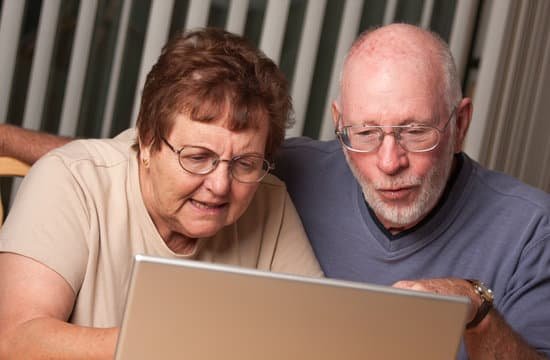
Video builds relationships. Relationships build trust. Trust drives revenue.
The rise of digital media coupled with the increased accessibility of information via mobile phones and tablets has created a need to educate, empower, inform and inspire patients, consumers and health professionals with smart, relevant and credible video content. In a field where science and technology are also evolving quickly, video can reassure and update audiences in a human, engaging and memorable way.
This digital evolution has also brought about a dramatic shift in the healthcare landscape. From a consumer/patient perspective, people are taking charge of their own healthcare more than ever and want trusted information from recognisable brands/organisations to bring greater clarity and simplicity to their own healthcare decisions. In turn, it has now become more vital than ever to maintain positive and trustworthy relationships online.
This increasing demand for quality, engaging information is providing opportunities for Pharma and MedTech marketers to create authentic content that connects with their audiences.
Around 7% of Google’s daily searches were health related, equivalent to 70,000 every minute.
David Feinberg, VP of Google Health, March 2019
Videos for patients. What patients want.
Video should be central to all patient engagement campaigns. For many chronic conditions the landscape of treatment options and medications is often cluttered, confusing and complex.
People who are suffering from a chronic health condition can experience a broad range of emotions (shock, confusion, anger, fear, anxiety) and physical symptoms are often concurrent with their emotional state. Ultimately they want to feel understood, validated and given hope. By watching a patient case study video of someone with the same condition they can learn more, feel less alone, feel a greater sense of control and have more courage. The same applies for carers.
When people are in the early stages of diagnosis and/or treatment, translating often complex medical concepts and terminology into clear and simple videos can also really help patients navigate their healthcare journey in a more positive way.
Here are 3 compelling facts about video:
- Viewers retain 95% of a message when they watch it in a video, compared to 10% when reading it in text. (Insivia)
- 72% of customers would rather learn about a product or service by way of video. (HubSpot)
- 81% of marketers say video has helped them generate leads. (Wyzowl)
We now know that patients are investing great amounts of time in researching their medical conditions, treatments and side effects – they are thirsty for video content but also very discerning – they do not want to be sold to. They want trustworthy and authentic content that is reliable and relatable. Branded video campaigns that focus on disease education are often an excellent engagement tool. Ultimately people want reliable information from recognisable healthcare brands/services/organisations to bring greater clarity and simplicity to their own healthcare decisions.
How can video help?
Video allows healthcare organisations to convey often complex & scientific information in an engaging, clear and digestible and relatable narrative. Research has shown that educational videos can improve health literacy, self-efficacy, and patient satisfaction. Increased knowledge and empowerment can lead to positive health behaviour change. (PLoS One, Denny et al.)
This can be done using real life stories, animations or a combination of both.
For organisations wanting to boost brand visibility, a storytelling approach will allow you to convey knowledge and expertise and engage and educate consumers.
Patients are searching online for authentic and trustworthy video content:
- Continuous research and learning: empowering themselves with knowledge of their own health status, as well as scientific terms and procedures relating to their health profile.
- Critiquing the healthcare they are currently receiving: how it aligns with their own goals and preferences and what new treatments are available.
- Building knowledge and learning over time: by comparing their own experiences against what is commonly perceived as optimal and non-optimal healthcare, in terms of quality of treatment, services and results.
The power of video case studies
Stories offer us identity and hope. Stories help us to remember the past and imagine new futures. Stories make us human. Stories give us meaning.
Patrick Hicks
People love seeing video stories of other people who may have experienced a similar health condition. Video case studies engage potential patients and humanise health treatments, products and services. People tend to have more trust and confidence when they can identify, learn and gain reassurance from someone in a similar situation – understanding a health issue or treatment through someone else’s experience is incredibly valuable to consumers who are seeking information. For example, a woman who has been diagnosed with breast cancer and prescribed a certain treatment may seek out a video of another woman who has undergone a similar treatment. Stories that are relatable give us identity and hope.
Patient case studies and patient testimonials are the best type of content when it comes to video in healthcare. These might be about taking part in a clinical trial, undergoing a certain type of treatment or surgery, how a product / procedure helped them, how they managed disease symptoms, treatment side effects, rehabilitation after surgery or how their diagnosis or treatment has impacted their life.
People crave stories, they crave connection, and they crave interaction with other humans.
tintup.com
For emerging technologies case studies can increase the reliability of their product/ service and humanise their product, explainer videos can illustrate the purpose and use of a product while avoiding medical jargon and successfully communicating its aims.
Animation
When done well, animation is also a very effective patient communication tool. It allows your message to be illustrated in a completely unique and easily processed format. Animations can be used to simplify complex concepts and inform people in a fun and engaging way. For example, if you are explaining the mechanics of a bionic knee implant then 3D animation will be able to demonstrate this better than real footage. Animation (2D & 3D) is also really effective in describing how a particular drug works and the side effects a patient might experience. The combination of animated motion graphics and 2D/3D diagrams with real footage is an excellent medium for patient education videos.
Images and characters can be designed in line with your branding and objectives.
Video Explainers – Healthcare concepts and treatments can be complicated and hard to understand. Animated explainer videos can help simplify subject matter and engage viewers in an informative explanation.
When developing video, it is important to maintain a certain authenticity and human connection that many consumers are seeking. Ensure your video clearly addresses your audience – their concerns, what they value, and the types of service and outcomes to which they aspire. Don’t chest beat about your brand, think about how you can position your message within a relevant conversation.
Conclusion
Ensuring your video clearly addresses your audience – their concerns, what they value, and the types of service and outcomes to which they aspire is vital. Afterall, patients are your best brand advocates and by providing them with the very best support in their health journey you will see greater engagement, increased referrals, a boost in your brand reputation and better patient outcomes.
Laundry Lane is a full-service video production agency that specialises in video content creation, video strategy and digital marketing. Our creative team of videographers, editors, animators, motion graphics experts, writers, producers and digital marketers are all committed to making ‘video with heart’. Led by Will and Alexandra Cordukes, our videos are tailor made for the needs of each project.
News & Trends - MedTech & Diagnostics
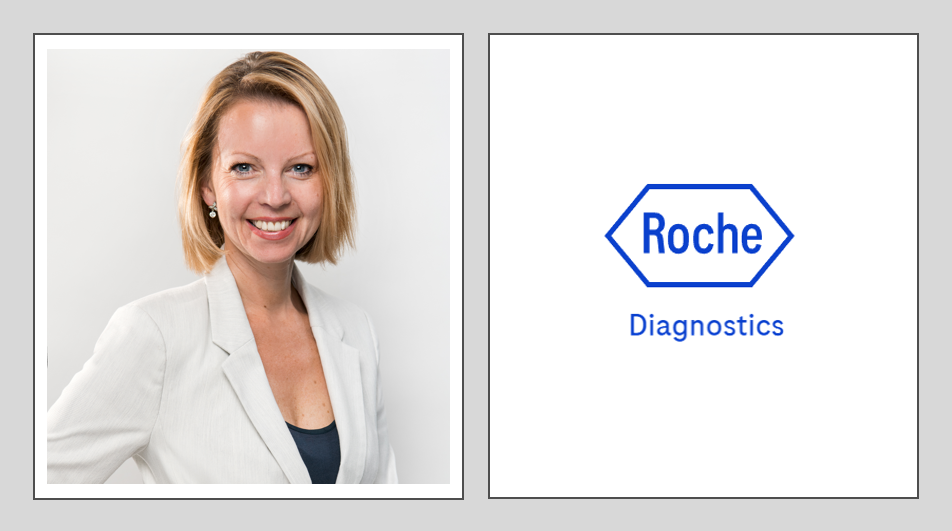
Roche Diagnostics MD bids farewell after two-decades, leading the organisation to new heights of success
Diagnostics & MedTech News: The Managing Director of Roche Diagnostics Australia, Allison Rossiter, has announced her resignation, effective September 2024. […]
MoreNews & Trends - Pharmaceuticals
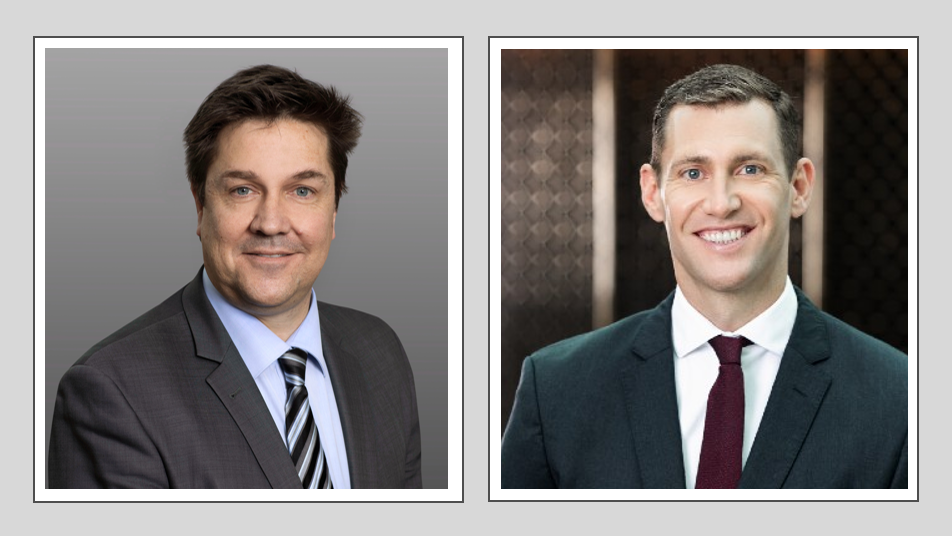
Is Australia ready to play a leading role in precision nuclear medicines?
Pharma News: A newly released discussion paper unveils Australia’s preparedness to take the helm in the rise of the global […]
MoreNews & Trends - MedTech & Diagnostics
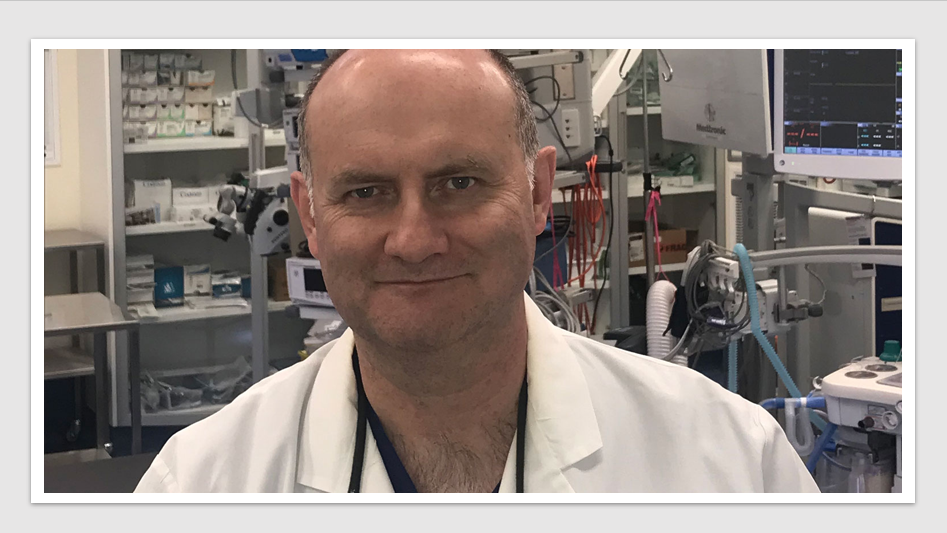
Minimally invasive procedure a first in epilepsy treatment
MedTech & Diagnostics News: An Australian-first procedure utilising MRI-guided, minimally invasive surgery has been introduced for the treatment of epilepsy […]
MoreNews & Trends - Pharmaceuticals
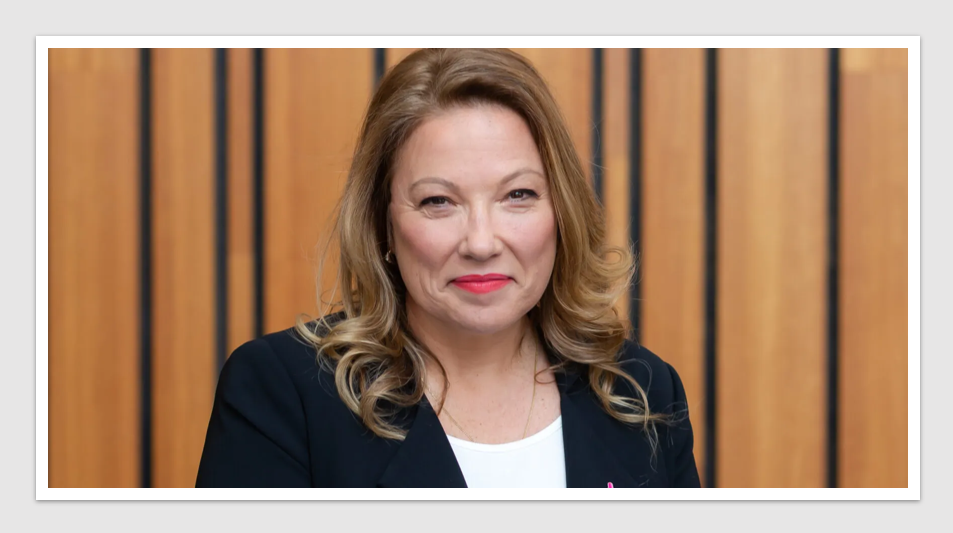
Stakeholders unite in international call to tackle breast cancer gaps and inequities
Pharma News: Breast Cancer Network Australia (BCNA) has united in an international call to raise breast cancer care standards and […]
More